The heartbeat of any thriving small business isn’t just a stellar product or service; it’s the powerful message that resonates deeply within the hearts and minds of its audience. In a world saturated with noise, where countless businesses vie for attention, the absence of a clear, compelling brand message leaves your enterprise adrift, struggling to connect and convert. This isn’t merely about catchy slogans or attractive logos; it’s about articulating the very soul of your business – its unique value proposition – in a way that truly connects.
For small businesses, especially those striving for a strong local presence, a robust brand message is more than a marketing tool; it’s the bedrock for building unwavering trust and credibility, effectively differentiating from the competition, and consistently attracting and retaining your ideal customers. Ultimately, mastering this critical element directly translates into enhanced local SEO visibility and sustained business growth.
Deconstructing Your Brand: The Foundation of Your Message

Before a single word of your brand message is crafted, a meticulous internal exploration is paramount. This foundational phase is about understanding the very essence of your business, the people you serve, and the unique space you occupy in the market.
A. Identifying Your Target Audience: Who Are You Talking To?
The most compelling brand message is one that speaks directly to the hearts and minds of your intended audience. This isn’t a shot in the dark; it requires precise, data-driven understanding.
- Buyer Personas: Beyond vague demographics, delve into creating detailed buyer personas. These are semi-fictional representations of your ideal customers, built on market research and real data about your existing customers. Consider their age, location (crucial for local businesses in Titusville, PA), income, occupation, hobbies, values, and even their daily routines. What media do they consume? Where do they shop?
- Understanding Customer Pain Points and Aspirations: What challenges do your potential customers face that your business can solve? What are their desires, goals, and dreams? A brand message that acknowledges their struggles and offers a tangible solution or helps them achieve an aspiration will resonate far more deeply. For instance, if you run a local bakery, a pain point might be the lack of fresh, quality baked goods for busy families, and an aspiration might be to provide delightful treats for special occasions.
- How Local Demographics Influence Your Audience: The specific demographics of your local community, like Titusville, PA, are critical. Are you serving a predominantly family-oriented area, a retirement community, or a college town? Local income levels, cultural nuances, and community interests directly influence the needs and preferences of your audience, and thus, how your message should be framed.
B. Defining Your Core Values and Mission
Your brand message isn’t just about what you sell; it’s about what you stand for. Consumers, particularly in local communities, increasingly seek businesses that align with their own values.
- What Drives Your Business Beyond Profit?: Take a moment to articulate the fundamental beliefs and principles that guide your business. Is it integrity, community involvement, sustainability, innovation, or exceptional customer service? These aren’t just buzzwords; they are the moral compass of your brand.
- Establishing Your Brand Values and Brand Mission: Your brand values are the non-negotiable guiding principles that dictate your actions and decisions. Your brand mission is a concise statement of your business’s ultimate purpose and what it aims to achieve for its customers and the community. For example, a local hardware store’s mission might be “To empower our community’s DIY spirit with expert advice and the highest quality tools.”
- How Values Resonate with Your Audience on an Emotional Connection Level: When customers perceive that your business shares their values, it fosters an emotional connection that transcends mere transactional interactions. This bond cultivates loyalty and advocacy, turning customers into ardent supporters who not only purchase but also champion your brand within the community.
C. Unearthing Your Unique Selling Proposition (USP)
In a crowded marketplace, standing out is not an option; it’s a necessity. Your Unique Selling Proposition (USP) is the essence of what makes you distinct and superior.
- What Makes You Different and Better Than the Competition?: Objectively analyze your offerings. Is it superior quality, lower price, unparalleled customer service, a unique product feature, or a specialized niche? For a business in Titusville, perhaps you’re the only one offering a particular handcrafted item or a specialized repair service.
- Analyzing Competitor Brand Messaging: Conduct a thorough audit of your competitors’ brand messages. What promises are they making? What tone do they use? Identifying their strengths and weaknesses will reveal opportunities for your brand to carve out a unique position. Don’t copy; differentiate.
- Pinpointing Your Distinct Competitive Advantage: Your competitive advantage should be something that is difficult for others to replicate and highly valued by your target audience. This is the core of your USP, and it must be clearly articulated within your brand message.
Crafting Your Compelling Brand Message: Step-by-Step

With a solid understanding of your brand’s foundation, it’s time to transform insights into impactful words and narratives. This is where your brand’s personality and purpose truly come alive.
A. Brainstorming Core Messaging Themes
Your brand message shouldn’t be a random collection of words, but rather a cohesive narrative built around central themes that resonate with your audience.
- Focusing on Benefits, Not Just Features: Customers buy solutions, not just products. Instead of listing features (e.g., “our coffee is made with organic beans”), focus on the benefits (e.g., “our coffee offers a rich, smooth start to your day, fueling your energy naturally”).
- How You Solve Your Customers’ Problems: Directly address the pain points identified in Section II.A. How does your product or service alleviate those struggles? Your message should clearly articulate the positive transformation you offer.
B. Developing Your Brand Voice and Tone
Just like individuals, brands have a distinct voice and tone that convey their personality. This consistency is crucial for recognition and trust.
- Reflecting Your Brand’s Personality: Is your brand formal and authoritative, friendly and approachable, humorous and playful, or innovative and cutting-edge? Your voice should align with your brand values and resonate with your target audience. For a local family restaurant, a friendly and warm tone would likely be more appropriate than a corporate one.
- Consistency Across All Communication Channels: The chosen voice and tone must be consistent across your website, social media, email communications, in-store interactions, and even local advertisements. Inconsistency creates confusion and erodes trust.
C. Weaving a Powerful Brand Storytelling Narrative
Humans are wired for stories. A compelling brand storytelling narrative can forge a deep, emotional bond with your audience, making your brand memorable and relatable.
- The Origin Story of Your Business: How did your business begin? What was the inspiration? Sharing this journey, especially for a small, local business, adds authenticity and a personal touch.
- Customer Success Stories and Testimonials: Nothing is more powerful than authentic endorsements. Highlight how your products or services have positively impacted real customers. In Titusville, featuring local customers adds immense credibility.
- How Storytelling Creates an Emotional Bond: Stories evoke emotions – joy, empathy, excitement, relief. When your brand’s story connects emotionally with your audience, it transforms them from passive consumers into engaged advocates.
D. Key Components of an Effective Brand Message
A truly effective brand message is a carefully constructed entity, adhering to several vital principles:
- Clarity and Conciseness: In a world of fleeting attention spans, your message must be easily understood and memorable. Avoid jargon and overly complex language.
- Authenticity and Credibility: Your message must be genuine and believable. Exaggeration or false promises will quickly damage your reputation.
- Relevance to Your Target Audience: Does your message directly address the needs and desires of your ideal customer? If it doesn’t resonate with them, it will fall flat.
- Memorability and Impact: Can people easily recall your message? Does it leave a lasting impression? A strong message sticks with your audience long after they’ve encountered it.
Implementing Your Brand Message Across All Touchpoints

A brilliant brand message is worthless if it remains confined to a strategy document. It must be infused into every single interaction point customers have with your business, both online and offline.
A. Website Content and Design
Your website is often the digital storefront for your small business; it must powerfully convey your brand message.
- Integrating Your Message into Headlines, Body Copy, and Calls to Action: Every word on your website, from the main hero headline to the smallest call-to-action button, should echo your brand message. For example, if your message emphasizes speed, use phrases like “Get it done fast.”
- Visual Consistency: Logos, Colors, Typography: Visual elements are just as crucial as textual ones. Ensure your logo, brand colors, typography, and imagery are consistent across all web pages and visually reinforce your brand personality and message. A professional, cohesive visual identity enhances trust.
B. Local SEO and Online Presence
For small businesses, local visibility is paramount. Your brand message must be meticulously integrated into your local SEO strategy to attract customers in Titusville and surrounding areas.
- Optimizing Google Business Profile (GBP) with Your Brand Message: Your GBP listing is often the first point of contact for local searchers. Utilize the description, services, and posts sections to infuse your brand message. Use keywords that reflect your message and what you uniquely offer (e.g., “Titusville’s trusted source for custom furniture”).
- Consistent Messaging Across Online Directories and Review Sites: Ensure your brand message is consistent across all online directories (Yelp, Yellow Pages, etc.) and review platforms. This uniformity strengthens your brand identity and improves your local search ranking.
- Leveraging Localized Keywords Within Your Message: Integrate local keywords (e.g., “Titusville bakery,” “oil city plumbing,” “Meadville auto repair”) naturally into your brand message where appropriate. This signals relevance to local search engines and potential customers.
C. Marketing and Advertising Materials
Every piece of marketing collateral, whether digital or physical, is an opportunity to reinforce your brand message.
- Social Media Content: Your social media posts, stories, and profiles should consistently reflect your brand voice, tone, and core message. Engage with your local audience in a way that aligns with your brand personality.
- Email Marketing Campaigns: From welcome emails to promotional newsletters, every email should carry your brand’s unique voice and reinforce its value proposition.
- Offline Advertising (Flyers, Brochures, Local Ads): Even traditional marketing materials must be meticulously crafted to convey your brand message. Ensure they use consistent visual branding and messaging with your online presence. For a Titusville business, consider local newspaper ads or community event sponsorships.
D. Customer Service and Interactions
The most authentic expression of your brand message often happens in direct customer interactions.
- Empowering Employees to Embody the Brand Message: Your employees are your frontline brand ambassadors. Train them to understand and embody your brand values and message in every interaction, from answering phones to handling complaints.
- Ensuring Consistent Customer Experience: Every touchpoint, from the initial inquiry to post-purchase support, should reflect your brand’s promise. A consistent, positive customer experience validates your brand message and builds lasting loyalty.
Testing and Refining Your Brand Message for Maximum Impact

Creating a brand message is not a one-time event; it’s an iterative process. The market evolves, customer needs shift, and your business grows. Continuous evaluation and refinement are essential to maintain relevance and maximize impact.
A. Gathering Feedback: Brand Message Testing Methods
Don’t assume your message is hitting the mark. Actively seek feedback to understand its effectiveness.
- Surveys and Questionnaires: Develop targeted surveys to gauge customer perception of your brand message. Ask questions about clarity, memorability, relevance, and overall appeal.
- Focus Groups and Interviews: Conduct small focus groups or one-on-one interviews with members of your target audience. These qualitative methods can uncover deeper insights into how your message is received and perceived.
- A/B Testing Different Message Variations: For digital channels (website, ads), conduct A/B tests to compare different versions of your brand message. Analyze which version performs better in terms of clicks, conversions, or engagement.
B. Monitoring and Analyzing Performance
Data provides objective insights into the effectiveness of your brand message.
- Website Analytics (Bounce Rate, Time on Page): A high bounce rate or low time on page might indicate that your website’s messaging isn’t resonating immediately with visitors.
- Social Media Engagement: Monitor likes, shares, comments, and overall engagement on your social media posts. A strong brand message typically leads to higher engagement.
- Customer Reviews and Testimonials: Pay close attention to what customers say about your business in reviews. Do their comments reflect the message you’re trying to convey? This is invaluable feedback.
C. Iteration and Adaptation
The business landscape is dynamic. Your brand message must be agile enough to adapt.
- Why Continuous Refinement Is Essential: Market trends shift, new competitors emerge, and customer preferences evolve. A stagnant brand message risks becoming irrelevant.
- Staying Relevant in a Dynamic Market: Regularly review your brand message against current market conditions and customer feedback. Be prepared to make adjustments to ensure it remains fresh, compelling, and effective.
Conclusion: The Ongoing Journey of Brand Messaging
In sum, creating a brand message is a profound, strategic undertaking that extends far beyond a simple marketing exercise. It is the articulation of your business’s very soul – its purpose, its values, and its unique promise to its customers.
A. Recap of Key Takeaways for Creating a Brand Message
Remember, the journey begins with a deep dive into your target audience and your distinct value. It progresses through the meticulous crafting of a clear, authentic, and memorable message, delivered consistently across every touchpoint. And it culminates in a continuous cycle of testing, listening, and adapting.
B. The Long-Term Benefits of a Strong, Consistent Brand Message for Small Business Success
For small businesses, especially those deeply rooted in local communities like yours, a robust and consistently communicated brand message offers an unparalleled competitive edge. It cultivates enduring customer loyalty, fuels organic referrals, strengthens your local SEO footprint, and ultimately, drives sustainable growth. It transforms mere transactions into meaningful relationships.
C. Call to Action: Start Crafting Your Impactful Brand Message Today!
Don’t let your business be just another name in the crowd. Invest the time and strategic thought into defining and broadcasting your unique brand message. Begin today by articulating what truly makes your small business special, and watch as it resonates deeply with your audience, paving the way for profound and lasting success.






